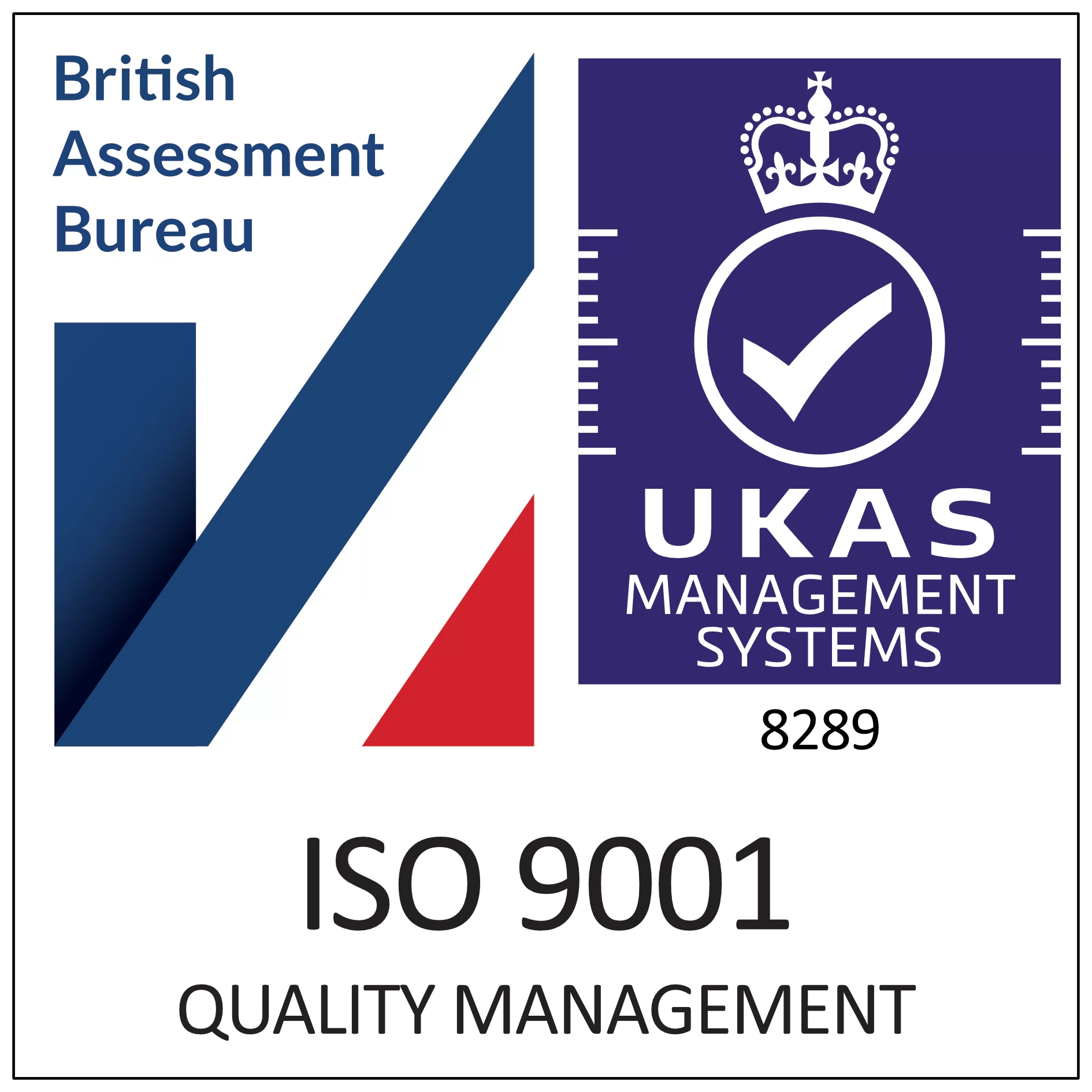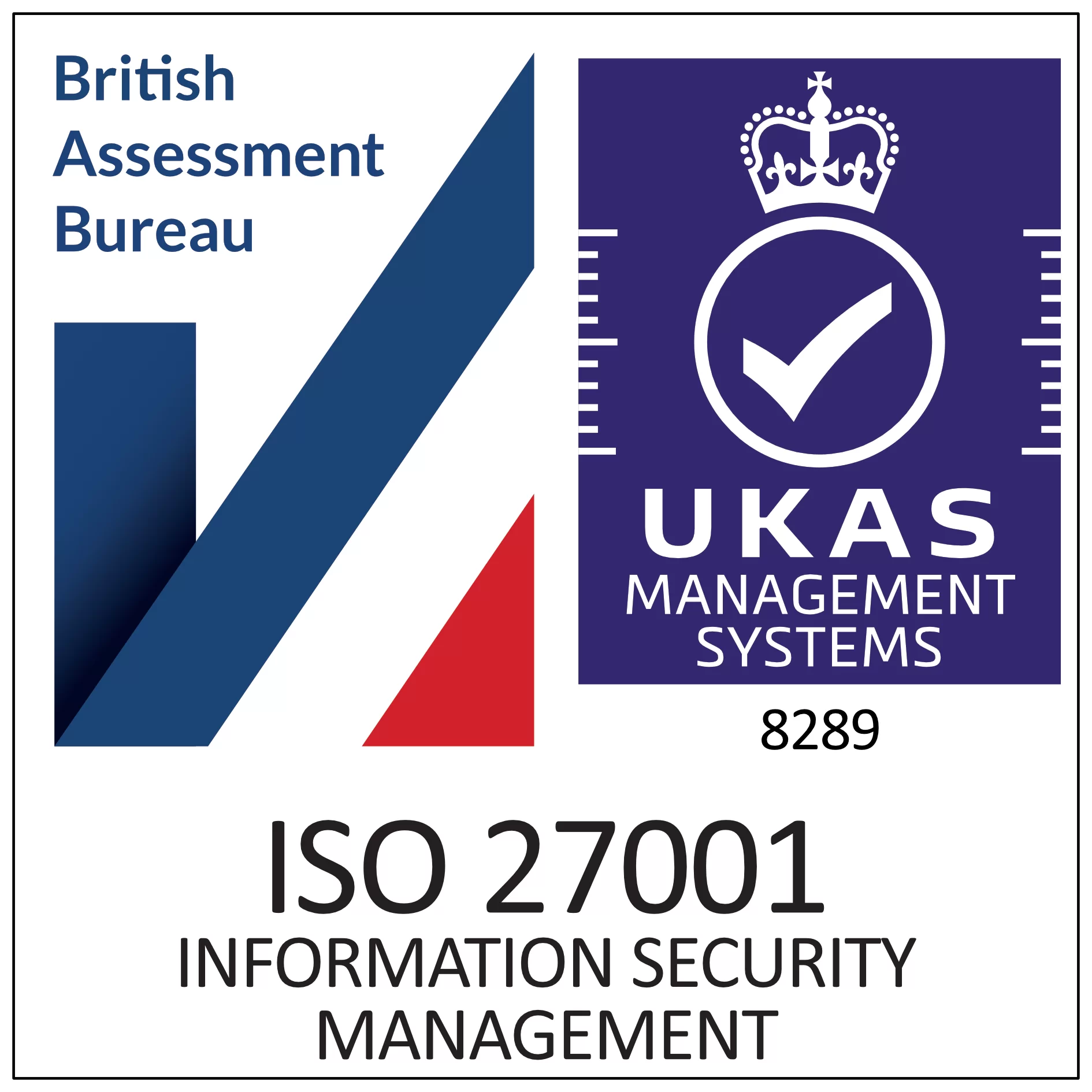Home | News & Insights |
How to Write a Landlord Tenant Agreement: A Comprehensive Guide and Essential Checklist
Laura Cain
Marketing & Brand Manager
PUBLISHED
5th September, 2023
Contents
Whether you are stepping into the shoes of a tenant or donning the role of a landlord, a written tenancy agreement acts as the cornerstone of a harmonious and legally secure arrangement. Fortunately, the Government has crafted a model tenancy agreement that caters to the interests of both parties and the best part? It’s available for free. This guide is here to shed light on the importance of this model tenancy agreement and provide you with a detailed walkthrough of its nuances.
In this blog, we will explore the intricacies of crafting a well-structured and legally binding tenancy agreement including the eSignature process. Whether you’re a landlord seeking clarity or a tenant pursuing security, this guide is your compass for navigating the world of property rentals while harnessing the efficiency of digital signatures. If you are considering using this agreement, it is very important that you first read this introductory guidance note.
Why has the Government produced this model agreement?
Picture a document that strikes the perfect equilibrium between the interests of landlords and tenants. The Government’s model tenancy agreement does exactly that. The goal is to establish a fair playing field for all parties involved, ensuring the rights and responsibilities of each are articulated with precision. While there’s no legal mandate to use this particular agreement, its creation underscores the commitment to fostering healthy and transparent landlord-tenant relationships. This agreement, tailored for longer tenancies, takes into account the potential shifts in circumstances for both landlords and tenants during the tenancy. This flexibility is especially evident when the agreement spans two years or more, granting the landlord or the tenant the option to conclude it early under certain stipulations outlined in section F – the break clauses.
Can this agreement be used if we want to enter into an agreement for a fixed term of less than 2 years?
While the model agreement is ideally suited for more extended tenancies, it’s worth noting its adaptability for shorter fixed-term agreements. If you’re considering a lease lasting 6 to 18 months, for instance, you can seamlessly tailor the agreement to accommodate such durations. Adjust the rent for the entire period (as described in clause B6) and disregard the break clauses in section F, which specifically pertain to tenancies extending two years or more. This adaptability ensures that the agreement remains a relevant and useful tool for a spectrum of tenancy durations. And, as your tenure concludes, renewal options abound, allowing the agreement to evolve in sync with your changing needs.
When shouldn’t this agreement be used?
It’s essential to recognise that the model agreement has a specific scope. Designed for private landlords and tenants entering into fixed-term assured shorthold tenancies for privately rented properties in England, this agreement doesn’t fit all scenarios. It’s a misfit for social housing like a local authority or housing association properties, business lets involving corporate tenancy, holiday homes, or situations where the tenants don’t occupy the property as their primary residence. Additionally, it’s not tailored for shared living arrangements like lodgers in the landlord’s home, renting a room in a shared premise, or commercial properties like shops and offices.
E-Sign’s electronic signature platform emerges as the catalyst that bridges the digital divide, enabling both landlords and tenants to seamlessly execute agreements while adhering to legal standards. As we journey through the following sections, we will unveil a comprehensive checklist to construct a robust tenancy agreement, ensuring a transparent and mutually beneficial association for both parties. Whether you’re embarking on a new chapter as a landlord or stepping into a new rental abode as a tenant, the power of digitalisation and legal clarity awaits your virtual signature.
What should we do before signing this agreement?
Before signing a tenancy agreement, both landlords and tenants need to undertake a series of critical steps. These steps not only contribute to the legal and smooth execution of the agreement but also ensure a transparent and harmonious landlord-tenant relationship. Here’s a comprehensive guide to help you prepare for the signing process:

For Landlords: Ensuring a Secure Tenant Selection Process
As a landlord, it’s crucial to establish the trustworthiness of your prospective tenant. Before agreeing to a tenancy, follow these steps:
- Verify Tenant Identity: Confirm the tenant’s identity through official documents like passports or driver’s licenses.
- Credit History Check: Conduct a credit history check to assess the tenant’s financial responsibility.
- Employment Verification: If applicable, verify the tenant’s employment status to ensure their ability to pay rent.
- Right to Rent Checks: Ensure that all individuals aged 18 and above residing in the property as their primary or sole residence have the right to rent property in the UK. This is essential to avoid legal complications.
For a more comprehensive understanding, refer to the Government’s ‘How to Rent’ guide, available at, and the ‘How to Let’ guide.
Thoroughly Review the Agreement
Before proceeding with signing, take the time to carefully review the agreement’s content. Understand each clause, obligation, and right outlined within the document. If any doubts arise, seek clarification from the other party or consider seeking independent legal advice.
Customise the Agreement
Certain clauses in the model tenancy agreement require specific agreement between both parties. This includes details such as the rent amount and the length of the tenancy. Ensure that all necessary information is filled in accurately.
For Tenants: Knowledge is Empowerment
As a tenant, your participation in the agreement process is equally vital. Here’s what you should do:
- Thorough Reading: Carefully read through the entire agreement to ensure you understand its content and implications.
- Ask Questions: If any concerns or uncertainties arise, don’t hesitate to ask the other party for clarification. Seek answers to your queries to avoid misunderstandings.
- Independent Advice: If needed, consider seeking independent legal advice from professionals or organisations like Citizens Advice to ensure you’re making an informed decision.
Key Dates and Checklists: Ensuring a Smooth Tenancy Journey
Renting a property comes with a host of responsibilities for both landlords and tenants. A successful and harmonious tenancy requires meticulous planning and adherence to essential dates and tasks. For landlords, this checklist serves as your compass to navigate the intricate terrain of tenancy agreements. Let’s delve into the core components that demand your attention:
The Comprehensive Checklist
To guarantee a seamless tenancy experience, consider the following checklist and ensure each item is meticulously addressed:
– Verify ‘Right to Rent’ Eligibility: Ensure that all adult occupants possess the right to rent property in the UK.
– Fill in Agreement Clauses: Complete the designated sections of the agreement including parties, occupiers, property description, common facilities, and more (See checklist for specifics).
– Provide Tenant with Information: Offer copies of inventory, property information, gas safety and energy performance certificates, and the Government’s ‘How to Rent’ Guide.
– Electrical Safety Compliance: For tenancies post-July 2020 (or April 2021 for existing tenancies), ensure electrical installations are inspected, and tested, and necessary remedial work is completed.
– Protect the Deposit: If applicable, safeguard the deposit in an approved tenancy deposit protection scheme and provide relevant prescribed information.
– Install Safety Alarms: Place smoke alarms on each living floor and carbon monoxide detectors in rooms with solid fuel-burning appliances. Confirm their functionality at the start of the tenancy.
– Human Habitation Compliance: Ensure the property aligns with the Homes (Fitness for Human Habitation) Act 2018.
Key Dates to Mark
Mark your calendar with these pivotal dates to stay on top of your obligations:
– Deadline for Deposit Protection: The last date to protect the deposit and provide prescribed information to the tenant (see clause B10.1 and guidance note).
– Gas Safety Inspection Due: The date for the next gas safety inspection (or renewal) to be conducted on or before.
– Fixed Term End Date: The termination date of the fixed-term tenancy, requiring landlord-tenant communication for post-term arrangements.
– Next Electrical Safety Inspection: Recommended every 5 years, this inspection’s due date should be recorded for future reference.
– First Right to Rent Check Date: The date of the initial Right to Rent check for the tenant.
– Subsequent Right to Rent Check Date: If applicable, note the date for subsequent Right to Rent checks (for tenants with limited right to rent).
As a landlord, staying organised and attentive to these dates and tasks sets the tone for a successful and amicable landlord-tenant relationship. Utilising E-Sign’s platform to manage and sign documents ensures efficiency and legality in your tenancy agreements.
Section A: Definitions and Interpretation
Before diving into the specifics of the agreement, it’s vital to establish a clear set of definitions. This section lays the foundation for mutual understanding between the parties involved. Define terms such as “Landlord,” “Tenant,” “Premises,” “Rent,” “Security Deposit,” and any other relevant terms to avoid confusion.
Section B: Main Terms of the Agreement
This section serves as the backbone of the agreement, encompassing the essential elements that both parties have agreed upon. Here, you need to cover:
- Property Description: Provide a detailed description of the property being rented, including its address and any specific features.
- Term of Tenancy: Specify the start and end dates of the tenancy. Clearly state whether the agreement is for a fixed term or on a rolling basis.
- Rent: Outline the rent amount, the due date, and the preferred method of payment. Mention any penalties for late payments.
- Deposit: Detail the security deposit amount, the conditions under which it can be withheld, and the process for its return.
- Utilities and Services: Clarify which utilities and services the tenant is responsible for, such as electricity, water, gas, and internet.
Section C: Tenant’s Obligations
In this section, focus on the responsibilities of the tenant throughout the tenancy. Include:
- Use of Premises: Specify the purposes for which the property can be used, preventing any unauthorised commercial activities or subletting.
- Maintenance: Outline the tenant’s responsibilities for maintaining cleanliness, repairs, and upkeep of the property.
- Compliance with Laws: Emphasise that the tenant must adhere to all applicable laws, rules, and regulations during their tenancy.
Section D: Landlord’s Obligations
Equally important are the responsibilities of the landlord. Address:
- Repairs and Maintenance: Explain the landlord’s obligation to ensure the property remains habitable and outline a procedure for reporting and addressing maintenance issues.
- Access to the Property: Define the circumstances under which the landlord can access the property and provide notice requirements.
- Quiet Enjoyment: Assure the tenant’s right to peaceful enjoyment of the property without unnecessary interference.
Section E: Landlord’s Grounds for Possession During the Fixed Term
Detail the specific reasons that allow the landlord to regain possession of the property during the fixed term. This could include non-payment of rent, breach of terms, or other valid reasons.
Common valid reasons include:
- Non-Payment of Rent
- Breach of Terms
- Violation of Legal Obligations
Landlords seeking comprehensive knowledge about their legal responsibilities can turn to the Government’s ‘How to Let’ guide. This guide serves as a compass, directing landlords to resources that illuminate their legal obligations beyond the agreement’s confines.
Section F: Break Clauses for Tenancies Over Two Years
For tenancies exceeding two years, consider including a break clause that allows either party to terminate the agreement prematurely. Outline the notice period and conditions required for invoking this clause.
Section G: Additional Terms Between the Landlord and Tenant
This section is reserved for any additional terms or agreements that both parties wish to include. For example, it could cover:
- Rules regarding pets
- Smokin
- Any specific property rules.
Section H: Contact Details and Service of Written Notices
Ensure that both parties have each other’s current contact details for communication purposes. Clarify how written notices should be served and the methods accepted (e.g., email, post).
Section I: Signature
To conclude the agreement with a designated space for both the landlord and the tenant to sign electronically using E-Sign’s platform. This digital signature ensures the authenticity and validity of the agreement.

In conclusion, drafting a comprehensive Landlord Tenant Agreement is a meticulous process that requires careful attention to detail and legal compliance. E-Sign’s electronic signature platform simplifies the final step of this process, making it convenient for both parties to sign the agreement securely and efficiently. By following the outlined sections and key points, you can create a robust and legally sound agreement that sets the stage for a smooth and mutually beneficial landlord-tenant relationship.
 Facebook
Facebook
 X (Twitter)
X (Twitter)
 LinkedIn
LinkedIn











